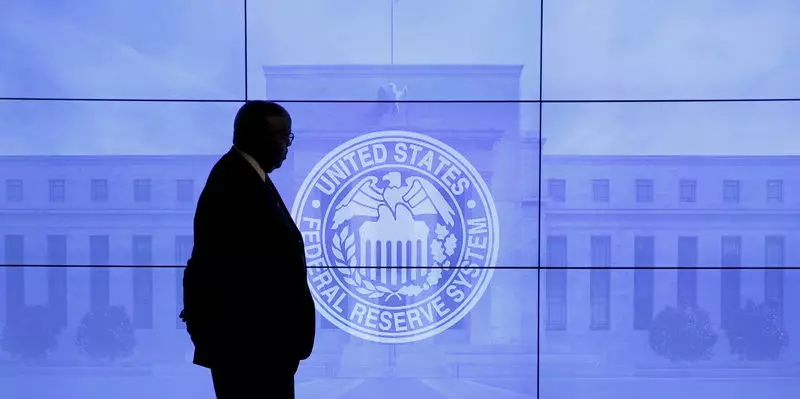During the July meeting, Chairman Jerome Powell hinted at the possibility of an upcoming rate cut by the Federal Open Market Committee (FOMC). Powell did not provide specific guidance but mentioned that the committee is getting closer to implementing a rate cut, contingent on favorable inflation data. According to economists at Goldman Sachs, Powell’s remarks indicate a low bar for a potential rate cut in September. The Fed Chair characterized recent labor market changes, such as the increase in the unemployment rate, as a return to normalcy rather than a significant weakening.
Powell emphasized that the FOMC is closely monitoring economic data and is prepared to take action if necessary. He highlighted the relevance of labor market indicators in shaping the Fed’s future decisions. The Fed Chair pointed out that while inflation is slightly above the target, the risks of inflationary pressures have decreased, while downside risks to the labor market are emerging. Powell referenced the Sahm rule, which historically indicates an economic downturn when the three-month moving average unemployment rate rises by 0.5 percentage points, as a statistical regularity rather than an economic rule.
Citi economists noted minor adjustments in the FOMC’s statement to reflect the changing economic conditions. The statement acknowledged that the unemployment rate has increased but remains low and that progress towards the 2% inflation target has been made but required further advancement. The most significant update in the FOMC’s statement was the Committee’s attention to risks on both sides of its dual mandate, emphasizing the balance between employment and price stability mandates.
Goldman Sachs economists anticipate that the FOMC may implement a rate cut in September and follow a pattern of rate reductions at every other meeting, amounting to one cut per quarter. Citi economists echo this sentiment, projecting rate cuts at each subsequent meeting with the aim of reaching a terminal rate of 3.25-3.50% by 2025. They also highlighted that the market has already priced in the anticipated rate cuts, as evidenced by the decline in front-end Treasury yields.
The Federal Reserve’s approach to interest rates and inflation reflects a cautious yet proactive stance in response to changing economic conditions. The FOMC’s consideration of labor market data, inflation trends, and risks to its dual mandate highlights its commitment to maintaining economic stability and achieving its policy objectives. Investors and market participants will closely monitor future FOMC decisions and statements for further insights into the Fed’s monetary policy trajectory.

